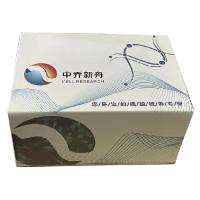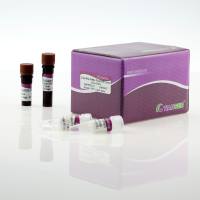Critical Aspects of Standardization of PCR
互联网
587
Food-borne zoonotic bacteria, transferred from animals to food products, are a major concern in modern food production and, consequently, for human health (1 ). Accordingly, there is a need to control the entire food chain, from infections at the herd level to the consumer, through screening and certification programs, which apply highly sensitive and cost-effective methods for detection of food-borne pathogens. Such tests would also be useful to the food industry and clinical diagnostic laboratories. Molecular methods, using nucleic acid diagnostics, are receiving increasing attention for testing the microbiological safety of food (2 ). There are several advantages of nucleic acid diagnostics compared to bacteriological culturing and immunochemical methods. Nucleic acid molecules can, via sequence combinations, precisely prescribe the phenotypic characteristics of a microorganism, and detection of specific sequences unique to a particular species can obviate any requirement for confirmatory tests. Further-more, detection of nucleic acids is very rapid compared to conventional culture-based analysis. The most widely used nucleic acid diagnostic test is based on the powerful PCR technology (3 ).









